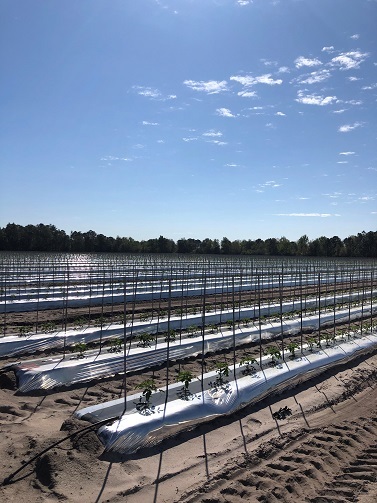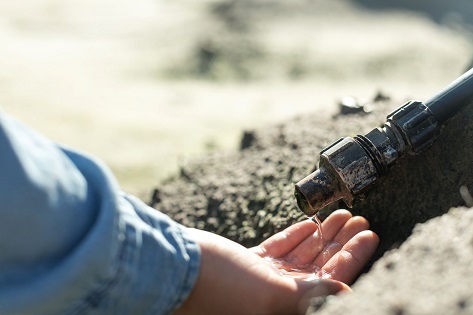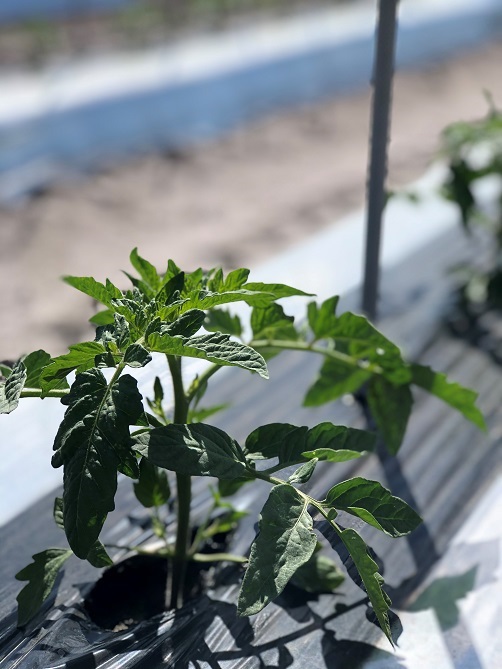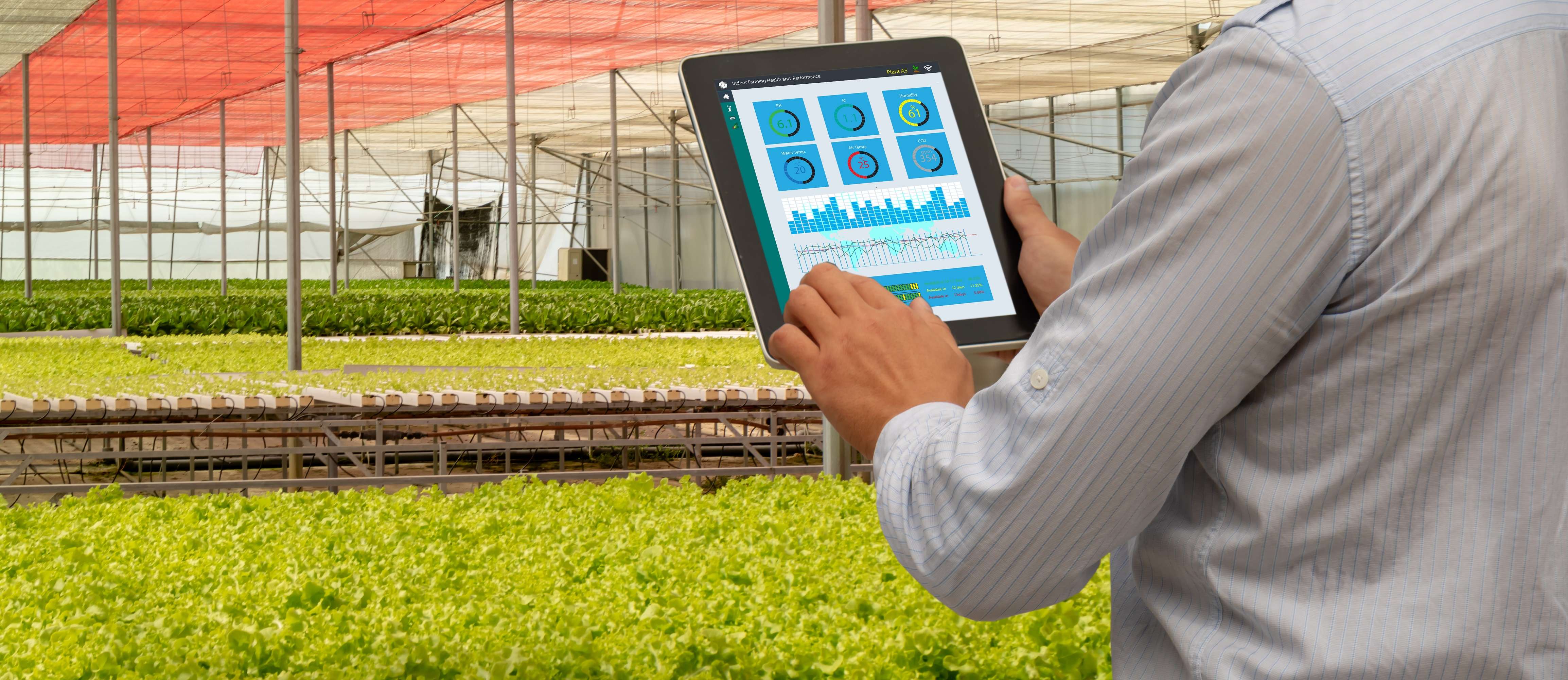Lipman Family Farms has proven that continued focus on efficiency and sustainability can make a big difference. They walk the talk when it comes to sustainability, epitomizing their goal to “do more with less” and their mission to be good stewards of the land and protect public resources by responsible use of natural resources.
Founded by Ella & Max Lipman, Lipman Family Farms has grown into one of the largest vertically integrated networks of local growers, fresh-cut processors, and distributors of fresh produce. The company’s roots are in Florida, growing and selling tomatoes commercially starting in the 1950s, and continuing to expand from there. With over 50 locations throughout North America, they are large enough to be local everywhere, putting fresh, delicious produce on tables across the country all year long. Their sprit of continuous improvement has fueled their business from the very start.
In this spirit, Lipman Family Farms engages in multiple sustainability initiatives, including ecosystem health, waste reduction, food recovery, social responsibility and energy efficiency; this case study focuses on water management through precision agriculture.
The opportunity: Resource use efficiency
In the past, Lipman used slope irrigation (also called seepage irrigation), a traditional low-tech method where multiple channels are dug down the field and flooded with water, which then percolates out into the planting beds. The problem? That leaves a lot of water sitting out in the open. This leads to evaporation as well as drainage losses, where the water seeps down through the soil profile and out into the water table rather than going out to the plants. Between upward evaporation and downward percolation losses, more water needs to be pumped than the plants use, resulting in excessive consumption of both water and diesel fuel used to power the pumps.
The initial cost of trench irrigation is low, which at first seems to pose an advantage, but it requires intensive labor for continual maintenance and has lower application efficiency, potentially offsetting the initial cost savings. If not fastidiously managed, this type of irrigation can create significant waste of not only water and fuel, but fertilizer as well due to leaching losses.

Most fertilizers were previously applied as granular pellets that release nutrients into the soil as they get soaked over time. Trench irrigation can cause these nutrients to release faster than the plants can use them as excess water flows through the soil. The result can be wasted fertilizer, stressed plants, and nutrients leaching into the water table.
Slope irrigation is also a fixed system that is managed on a set schedule, where the farmers need to physically drive to the field and manually turn on the pumps for a certain period of time and manually turn them off when the cycle is complete. This leaves considerable “in-between” time with the farmer’s commute to the field in addition to the wait time for the irrigation cycle completion. The manual process also allows much room for human error. If the water was left on too long it could translate into significant water waste.
Another downside to the set schedule is that it fails to take the weather into account. Once the schedule was set, water could be administered even at times when irrigation wasn’t needed (e.g., during a rainstorm). Alternatively, when the weather was hot, evapotranspiration (release of water through the leaves) was greater and plants needed more water, though irrigation wasn’t scheduled. Both scenarios can result in lower yields and vulnerability to disease and pests.
The solution: Computer-controlled drip irrigation for water and nutrient use efficiency
With their mission in mind, Lipman decided to take a proactive rather than reactive approach to sustainability. “Reactive watering systems equal water waste,” according to Louis DeMaso, Lipman Sustainability and Operations Analyst.
In 1985, they began implementation of drip irrigation, which is more efficient as it waters only the plant roots and not the surrounding surface. By 1992, drip irrigation was fully integrated on all Lipman farms.
Auto-drip irrigation is a computer-controlled system that communicates with on-farm weather stations that are built into the drip system. The weather stations measure daily temperature and precipitation and calculate evapotranspiration (a measure of water leaving the soil and plant tissue equals how much water the plants will require) and adjust the preset schedules based on weather changes and either adds more or less irrigation as needed.
“After we program in our irrigation and fertigation schedule, the system automatically adjusts to changing environmental conditions, which helps us not waste a drop,” explains DeMaso. “It rarely fails.”

The farms are broken into “irrigation zones” anywhere from 5 to 50 acres, which allows them to meet the individual needs of different crops and varieties. This alleviates undue stress on the plants and results in healthier and higher yielding plants that can better resist disease and pests.
The auto-drip irrigation control systems run entirely on solar power and are continuously evaluated for performance—there are mechanical flow meters on each pump and “irrigation zone” from which readings are taken up to six times per day to ensure the system is distributing the correct amount of water.
In addition to water application, the auto-drip system regularly applies liquid fertilizer (fertigation). This method of applying fertilizer is significantly more precise and effective, meaning more uptake by plants and less wasted fertilizer.
The method aligns with Lipman’s “Four R” approach to fertilizing:
- Right source – Matches fertilizer type to crop needs.
- Right rate – Adjusts fertilizer rate based on plant growth, soil tests, tissue samples.
- Right time – Makes nutrients available when the plants need them.
- Right application – Makes precise nutrient application monitoring possible, manual tests are completed to affirm accuracy
The computer-controlled drip irrigation system ensures that the plants are getting the water and fertilizer they need, precisely when and where they need it, creating optimal growing conditions in which the plants thrive.
In 2019, in collaboration with the University of Florida Institute of Food and Agricultural Services (UF-IFAS) at the Southwest Florida Research and Education Center (SWFREC), Lipman began large-scale testing of a new, more efficient planting bed shape. The new bed design helps the plants uptake water and nutrients more efficiently, meaning less is wasted and they can apply less to achieve the same yields. It also improves farm drainage and provides better support for plants/stakes meaning cleaner farms and better pest and disease control. The new design has been implemented on their eastern farms in Florida, South Carolina, and Virginia.
The estimated savings of the new bed shape include:
- Reduced water use for irrigation 8-35%
- Reduced nutrient/chemical leaching 20-50%
- Reduced carbon footprint up to 10% (due to a reduction in energy use for irrigation pumping)
With their mission in mind, Lipman decided to take a proactive rather than reactive approach to sustainability. “Reactive watering systems equal water waste,” according to Louis DeMaso, Lipman Sustainability and Operations Analyst.
In 1985, they began implementation of drip irrigation, which is more efficient as it waters only the plant roots and not the surrounding surface. By 1992, drip irrigation was fully integrated on all Lipman farms.
The Takeaway
Since the implementation of the computer-controlled drip system, Lipman has achieved an estimated 70% reduction in water consumption, which equates to a savings of 66 million gallons of water each year. Because the pumps are running less, less fuel is being used, reducing both cost and carbon dioxide emissions. The system has also greatly reduced the potential for human error and has increased savings on labor as well as employee time.
Lipman continues to proactively look for ways to improve their sustainability practices.
They recently expanded into greenhouse farming—another high-tech, high-precision farming method—and are experimenting with soil probes at their South Carolina and Florida farms to further improve water and nutrient use efficiency.

The probes measure soil temperature, moisture, and electrical conductivity (“EC” represents soil nutrient content) 24 hours a day and feed this data into their auto-drip irrigation and fertigation system to increase precision. They are placed in “representative areas” to calibrate and fine-tune the auto-drip system. The goal is to maintain a constant moisture level in the planting beds throughout the season to achieve maximum yield.
For Lipman, sustainability is about taking a holistic approach to improving growing processes and becoming more efficient. As a family-owned business, Lipman has built into its DNA an eye on generations to come. They are in continuous collaboration with UF-IFAS to research and develop novel solutions for this purpose.
Says DeMaso, “Sustainability has always been a core piece of our company in terms of being good stewards of the land and making decisions that will perpetuate our business and its positive impacts well into the future.”
